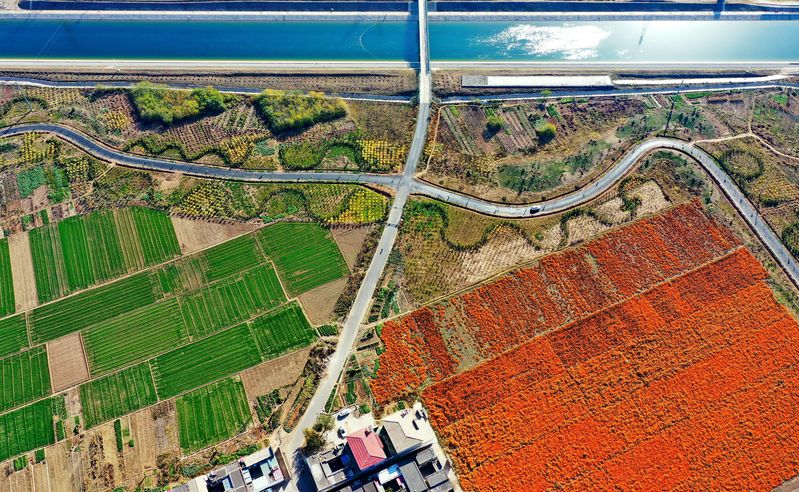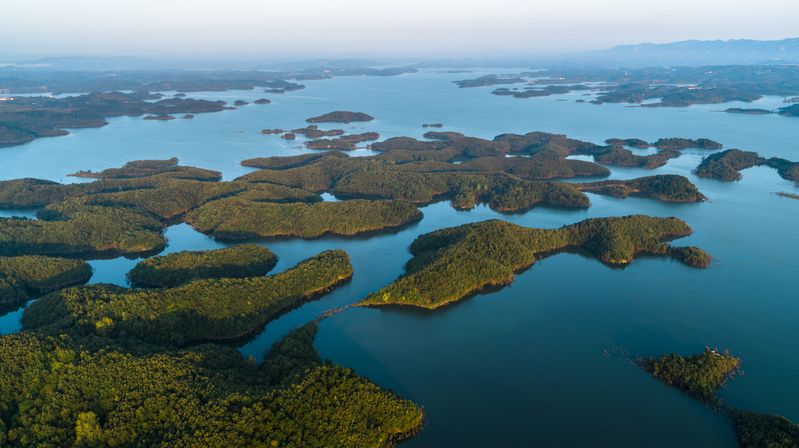
Better life for relocated people
The mega water transfer project also brings with it a torrent of doubts and worries on issues such as the relocated residents, water quality and the negative impact on the environment near the Danjiangkou Reservoir, the water source areas of the middle route.
To allow water from Hanjiang River, a major tributary of the Yangtze, to flow to the country's northern regions, the dams of the reservoir were raised to their highest level, which meant a total of 125,000 mu (around 8,333 hectares) of land in Hubei would be submerged including the house of villager Tan Chengping.
As one of 182,000 residents in the city of Shiyan who had to leave their homes, Tan was a staunch opponent of the project then. "No one in my village wanted to leave," he recalled. "We feared nobody would care for us after we were relocated to the new places."
What happened later proved that Tan's worries were unnecessary. Six months after he was told to move in 2011, Tan's family moved to a new 100-square-meter house built by the local government at a higher area about 2 km away from his old house.
Along with the other villagers who moved there, Tan attended a free orange planting training course organized by the government after he was given four mu of new farmland, less than his previous land but more profitable.
"This year, I can harvest 10,000 kilograms of oranges, which is expected to bring me more than 20,000 yuan (around 2,841 U.S. dollars)," Tan said.
Two years ago, Tan and his wife opened a rural family inn to serve tourists visiting the Danjiangkou Reservoir. His family's income has exceeded 100,000 yuan this year.
"We finally bid farewell to the days when what we earned was only enough for food and clothing," he said.
A total of 22,000 people out of all the relocated people in Shiyan lived below the national poverty line before the middle route of the water diversion project started operation in 2014. Up to now, all of them have been lifted out of poverty, according to the city's relocation service center.

Protecting water source areas
To ensure the water quality, China has invested heavily to prevent and treat water pollution and conserve soil in the reservoir and its upper reaches since 2016. Environmental authorities have shut down all factories near the reservoir that could threaten water quality.
Over the past five years, the water quality of Danjiangkou has been kept at the level of Grade II or higher, which means the water is suitable for drinking after filtration.
Nowadays, the Danjiangkou Reservoir has become a paradise for egrets. "Instead of being destroyed by sending water to the north, our ecological environment has benefited from the project," said 35-year-old Zhang Weibin, chief engineer of a local sewage plant.
Experts pointed out China will still face an obvious gap between water supply and demand in the long run as population soars and cities expand.
In the future, the government should continue to ensure the safe operation of the water transfer project, while encouraging residents to use water more effectively, said Ni Guangheng, a water resource professor with Tsinghua University.